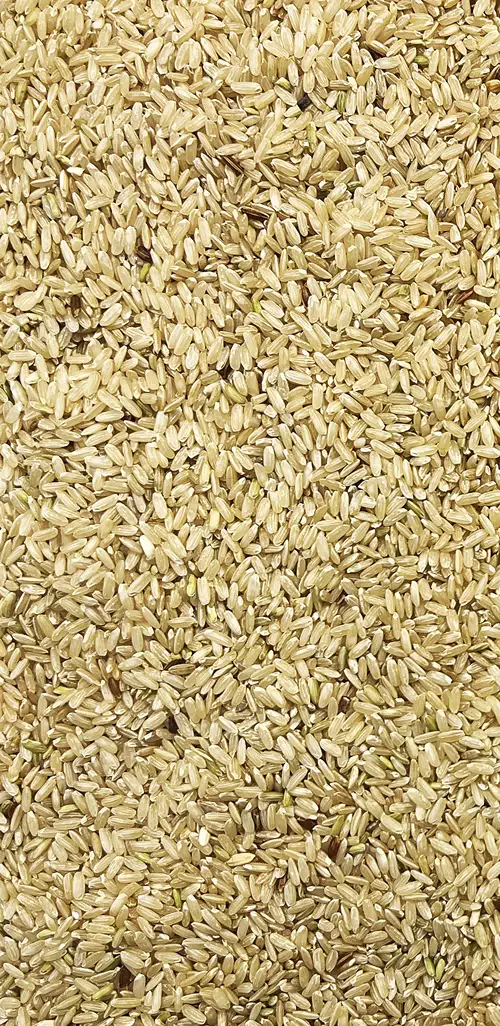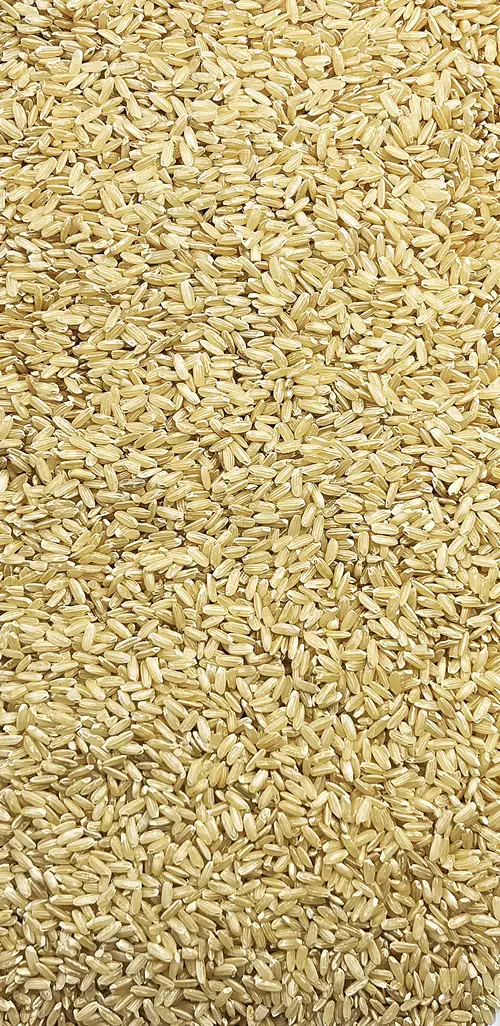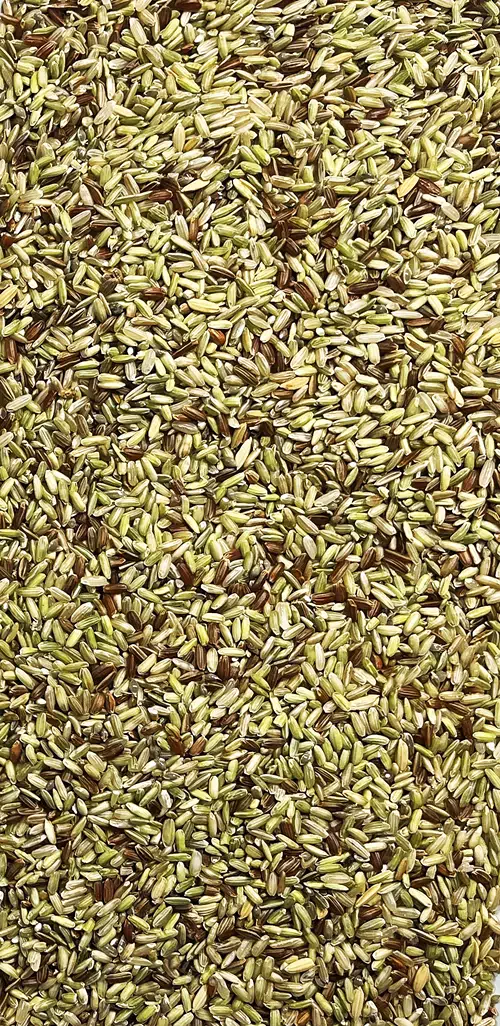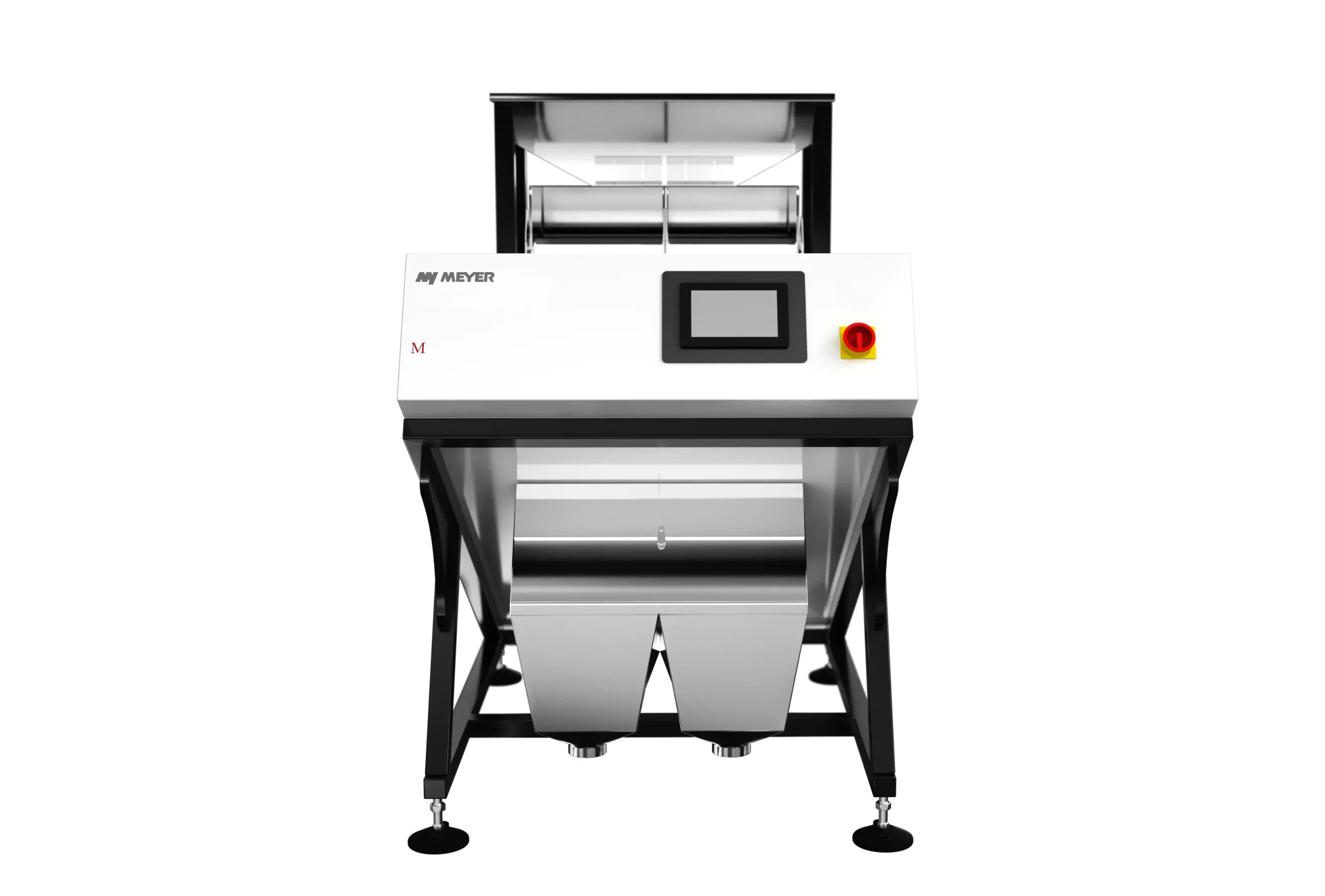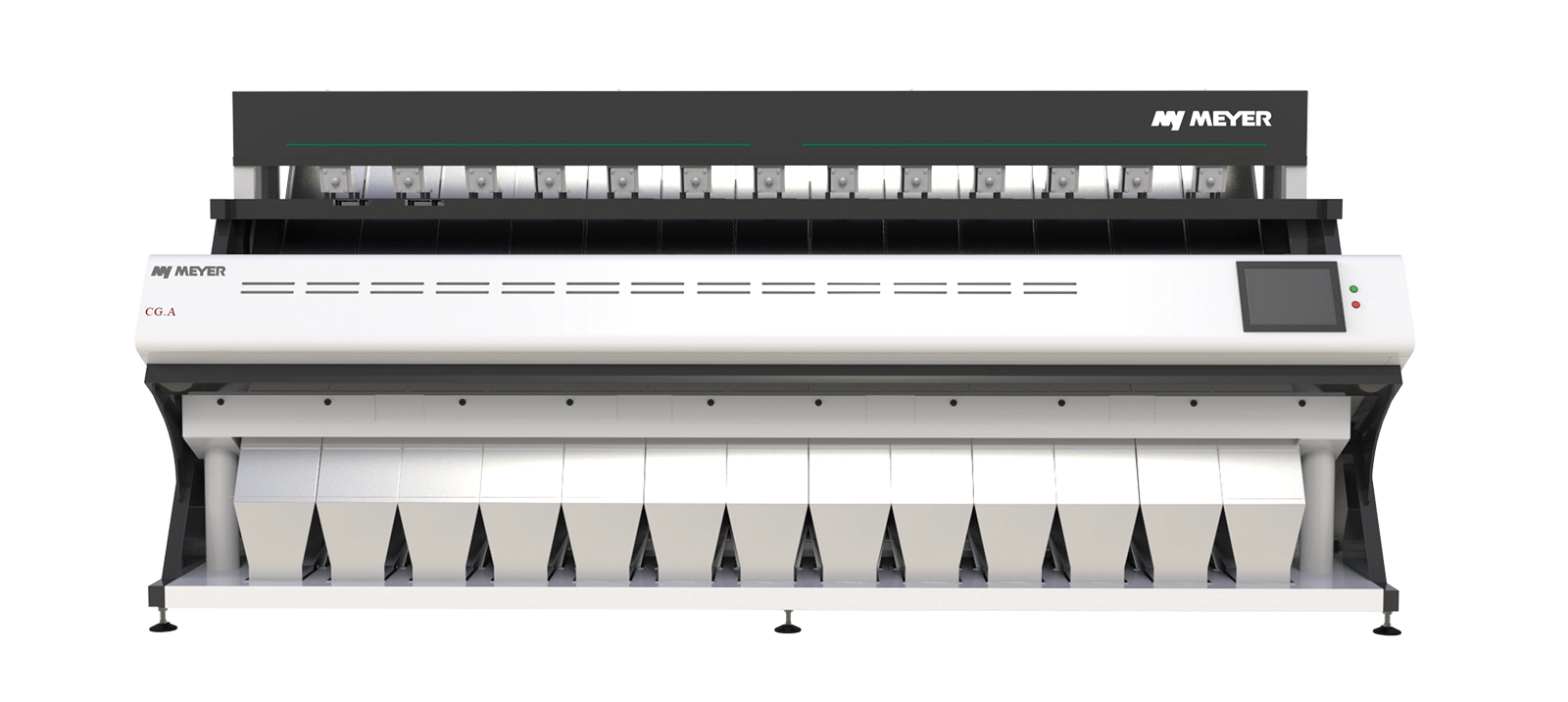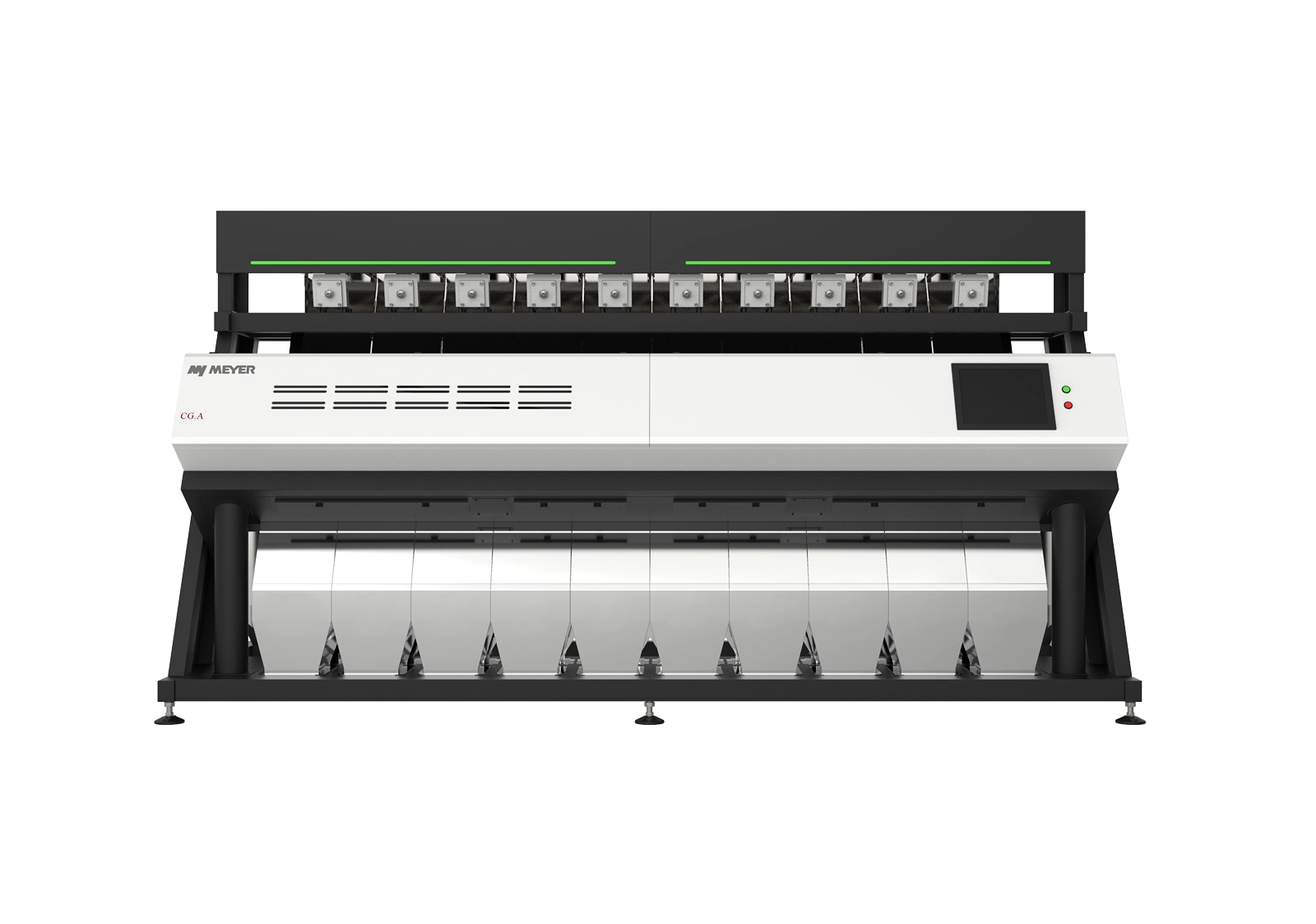Rice sorting
Enhancing Rice sorting efficiency with Meyer advanced sorting technology
Improve Rice sorting quality and increase throughput
Rice optical sorting process
Rice is one of the staple foods of the world. With continually improving living standards, rice quality requirements have steadily increased. Our company has been focused on rice sorting for 30 years. MEYER’s rice optical sorter can detect and remove mildewy, broken rice, and foreign materials like glass and stone and classify rice based on color, shape, and other differences. MEYER rice sorting solution provides efficient separation especially in extremely light yellow rice, rice with pin-points tips as well as diseased rice. MEYER’s dozens of customer solutions deliver great value to global customers. Also, it leads the technical innovation of the rice processing industry to make full use of each grain.
See sorting samples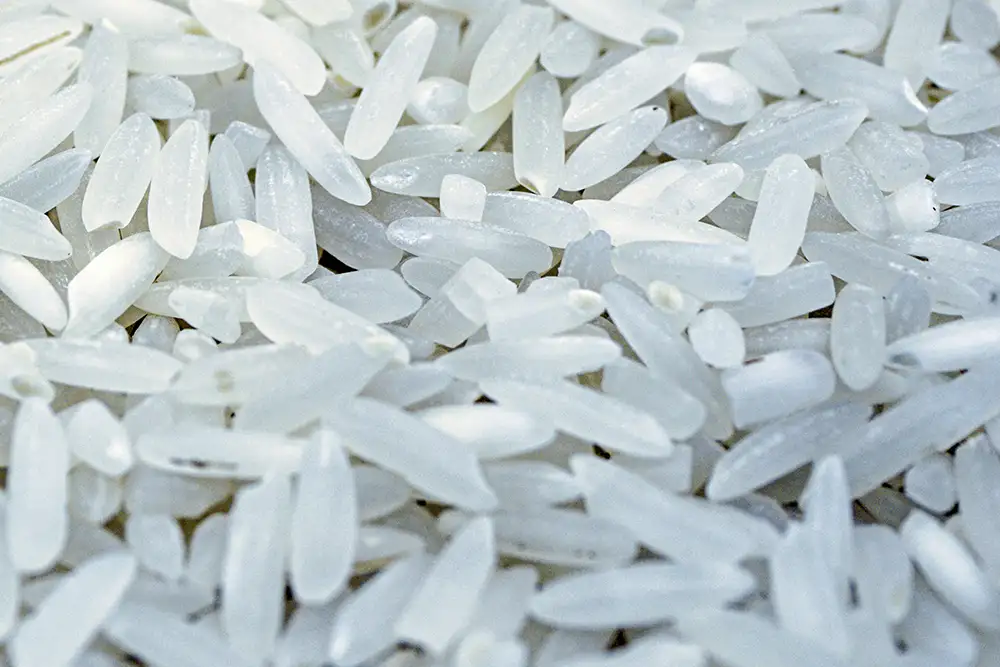
Examples of Rice sorting with Meyer
Best sorting machines for Rice sorting
Benefits of using Rice sorting machines
Increased purity and quality
Optical sorters can detect and remove discolored materials, foreign materials, and defects such as stones, sticks, or damaged grains. This results in higher purity and quality of the final Rice product, meeting consumer and market standards.
Better Efficiency and Throughput
Optical sorting technology allows for the processing of large volumes of Rice quickly and accurately, significantly improving throughput compared to manual sorting methods.
Reduced Labor Costs
Automated sorting reduces the need for manual labor, leading to cost savings and reduced human error in the sorting process.
Improved Product Value
Higher quality and purity of sorted Rice can lead to better market prices and customer satisfaction.
Versatility and Flexibility
Optical sorters can be used for different varieties of Rice and can be adjusted for different sorting needs, making them versatile tools in Rice processing.
Reduced Waste
Efficient sorting helps reduce waste by ensuring that only genuinely defective materials are removed, while maximizing the amount of good product.
Data Collection and Analysis
Modern optical sorting systems can collect valuable data about the waste stream, such as composition and contamination levels, aiding in process optimization and regulatory compliance.
Decreased Environmental Impact
By increasing the amount and quality of recycled materials, optical sorters contribute to reduced reliance on virgin resources, lower greenhouse gas emissions, and a smaller environmental footprint for waste management operations.
Enhanced Product Safety
By removing contaminated grains or foreign objects, optical sorters help prevent potential health hazards, contributing to safer products.
Our clients’ stories
Frequently Asked Questions
Can optical sorters be used for other grains or seeds?
Yes, MEYER optical sorters can be used for sorting various grains and seeds. However, it is important to note that each material and customer requirement may differ – for example, in terms of the type and level of contamination, the presence of foreign materials, or the desired purity of the final product. That’s why it’s best to conduct tests at our MEYER testing center, where we can tailor the optimal optical sorting solution to meet your specific needs.
Can the machines sort different types of rice (e.g. basmati, jasmine, long-grain)?
Yes, MEYER sorters are excellent at sorting various types of rice. Additionally, we offer rice analyzers that allow for a thorough examination of each sample, checking for contaminants, broken or diseased grains, as well as identifying the type of rice.
Do MEYER sorters also remove foreign materials such as glass, stones, or metals from rice?
Yes, this task is primarily handled by the X-RAY detectors, which can detect even small pieces of glass, metal, or stones in the material stream, regardless of their size or color.
